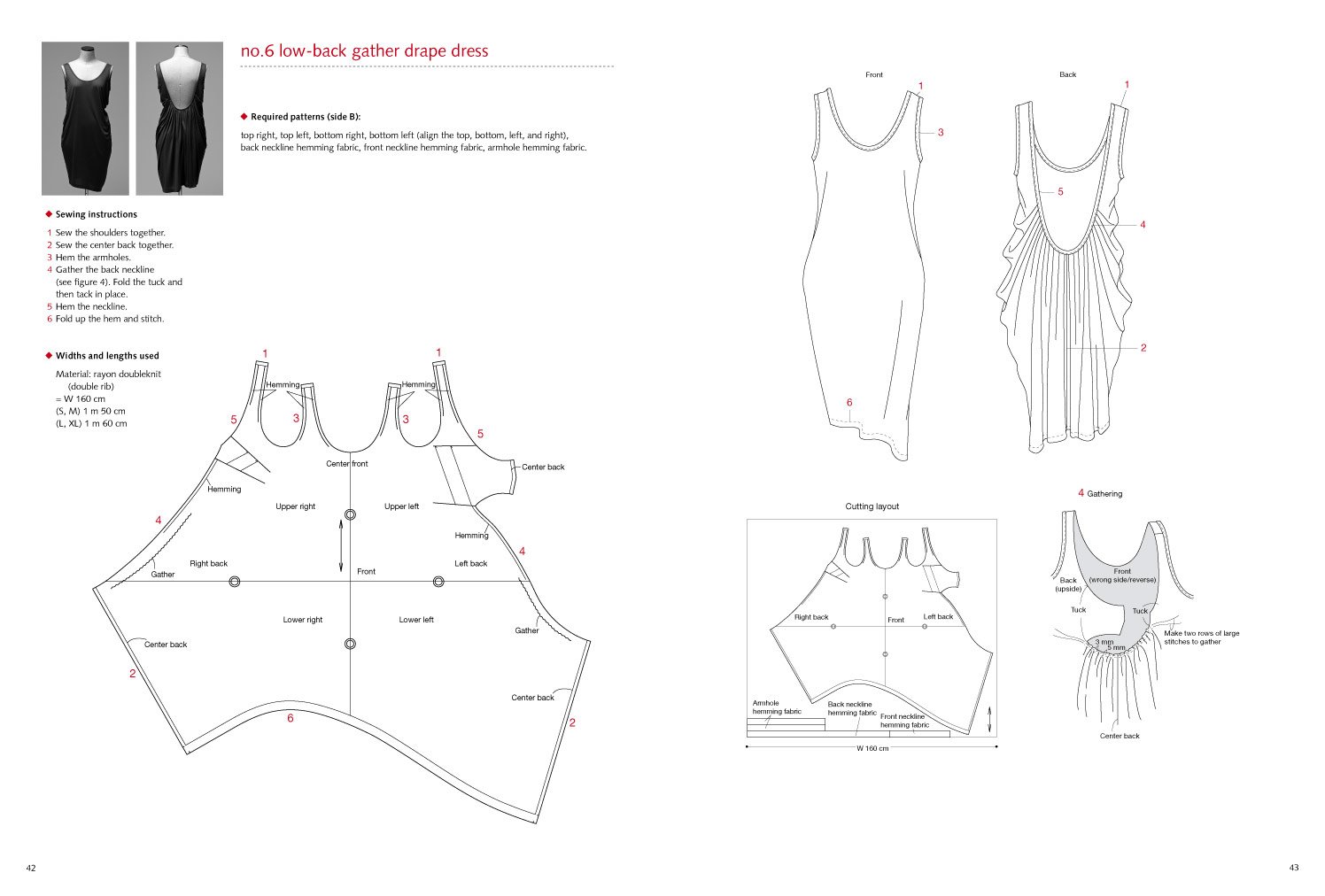
Today's post is a little tongue-in-cheek, but hopefully it will be helpful for those designers looking to grow to the next level. I've often thought that a designer looking for a patternmaker should bring a few sheets of origami and a Japanese origami folding book to the interview to figure out if the pattern-maker is any good. Pattern-making is the spacial ability to make a physical recipe to make your design real on a large scale. You also hear this referred to as DMF (Design for Manufacturing) or several other things that mean the same thing (BOM, tech pack, etc.). If you're just making notes for yourself or a one-time piece who cares what format you use.
Designers often think in words (especially the verbal descriptions their customers give them), production rarely uses any words at all taking raw material and making it into a final product. You don't use words to chop onions or cook a steak. You use tools. Conversely, a bowl of salt is not very good for having a customer tell you they want fries with that. Like recipe books, pattern-makers translate between the front and back of the house making the process seamless and straight forward to give you a steak (aka-final product). This is normally accomplished by visual diagrams, short sentences, and clear instructions. If you take more than 1 page to communicate your idea, you've probably screwed up and lost your audience. Worse, the handout you put together will never make it to the factory floor as it's too expensive to photocopy for the workers. Go brilliant, stupid you. The gold standard for good directions and internal industry standard for the likelihood your patterns will be successful on the textile factory floor is Japanese pattern/sewing books.
Most Japanese instructional books can be understood and followed without a person reading the language which is impressive considering how hard most of us struggle to be understood in our own language. Pattern-makers will often talk about the Pattern Magic Series (1,2, and 3) or now the current trend is the Drape Drape Series (1,2, and 3). I'm sure it will be something else 5-10 years from now. As a designer, even if you never learn how to sew, it behooves you to get a few of these books and at least flip through them.You can also pick up some Japanese cookbooks as the format is similar if you prefer to eat your way to knowledge instead of sew.

No comments:
Post a Comment